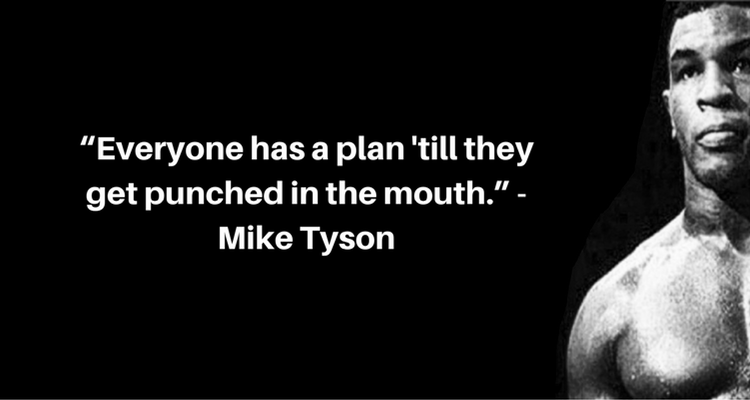
Too many schools avoid sparring for nonsenical ideas like “our skills are too dangerous/deadly”.
In our humble opinion, Sparring is a critical platform for all martial artists to develop their skills. Neither application drills nor freestyle drills can match the intensity and chaos that can one could experience during sparring.
It’s especially important to spar with people from outside of one’s own school and it’s just as important to spar against as many styles as possible. Sparring leads to the discovery of which tactics your skills excel at, as well as what types of biomechanic pressure create challenges your skills may not have complete answers for.
While sparring can compliment your martial arts skill, sparring itself is a skill one needs to develop. Some fundamentally important components of sparring are:
- Have a goal
- Plan your strategy; distance, timing, pace
- Plan your tactics; angling, stance (orthodox/southpaw), movement and footwork
- … or just have plan to have fun
- Communicate with your sparring partner
- Your “medium” sparring may be more intense, or less intense than their “medium”
- Your partner may feel overwhelmed.
- Help your sparring partner
- Remember, sparring is not a fight and not about winning. It’s about developing skills
- Helping develop your partner helps develop your own skills
The last and most important component of sparring is what you take away from the experience.
Each spar should be treated like a lab experiment; Have a plan, test your plan, collect information, identify problems (and strengths!), develop plan a new plan, repeat the experiment.
Or dont…
What matters most is that you just get out there and have fun!
